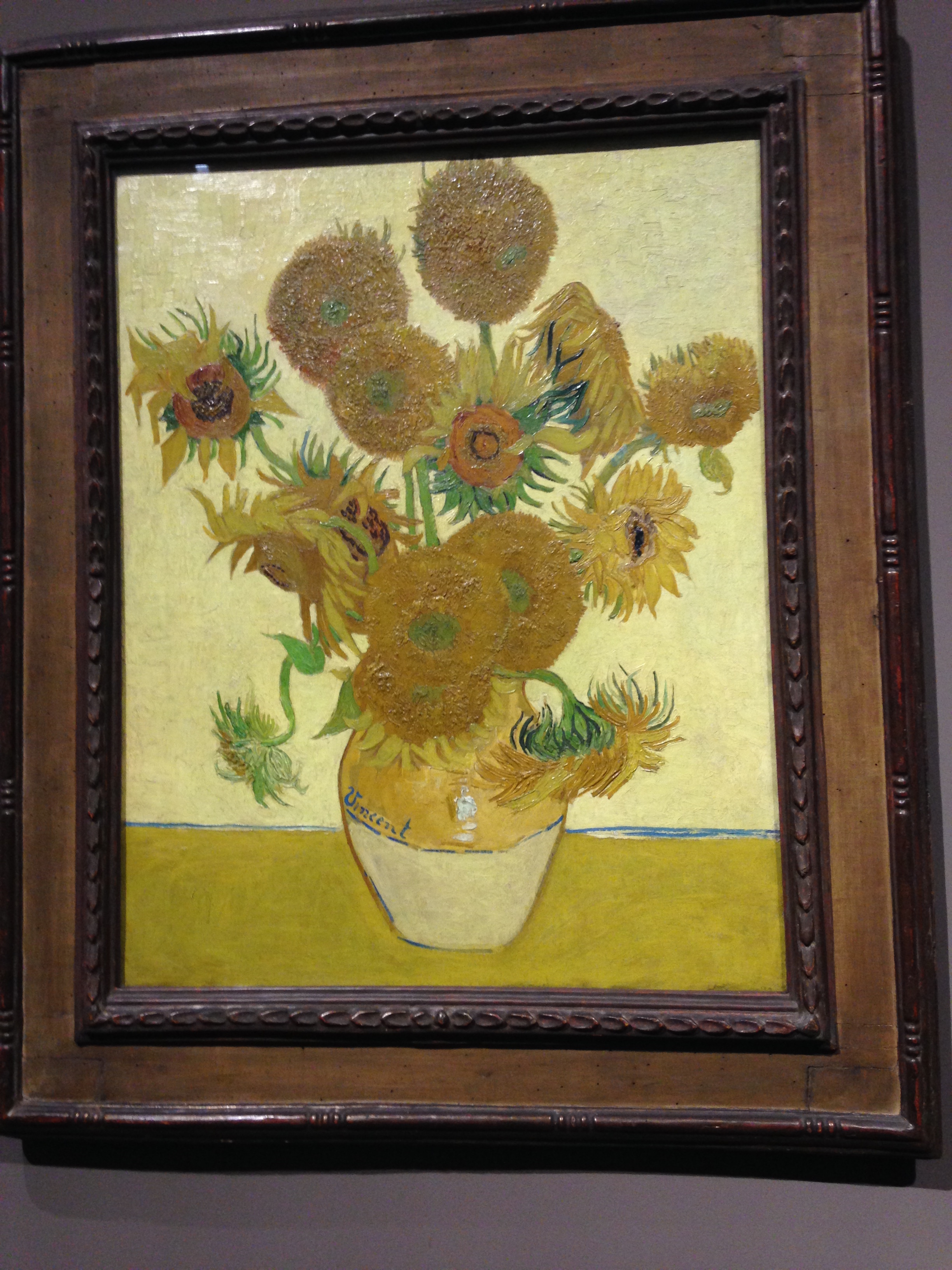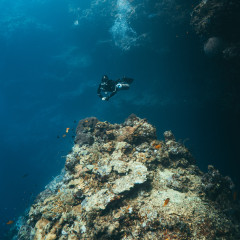The National Gallery is divided into four main sections, according to the artistic period.
The first period covers paintings from the 13th to the 15th century - this period is described as early renaissance, featuring artwork by artist such as Leonardo Da Vinci, Uccello and Van Eyck. The earliest of these
paintings all have a religious subject and were intended to be on show in churches. Many of these religious paintings were very large and were meant to inspire devotion amongst those who saw them. The style was very 'flat' and lacked depth. Later pictures of this period introduced scenes from mythology and ancient history - The renaissance world took a great interest in the Greek and Roman civilisations. My favourite painting from this period was 'St George and the Dragon' by Uccello, because it's very detailed and has very striking imagery.
The next period was of the 16th century and it is classified as high renaissance. It includes artists like Bronzino, Bruegel and much more. The leading artists from this section achieved a fame that has never faded. There are several portraits that were highly prized and the historical and mythical paintings became almost as important as the Christian subjects. The paintings from this century were appreciated for their artistry as much as for their subject matter. The portrait of Doge Leonardo Loredan by Giovanni Bellini is one of my favourites from this period as it is incredibly and detailed. Also the expression on Loredan's face is so life-like and it makes you want to know what he is thinking.
The third period shows painting from the 17th century and is know as the baroque period. Baroque artists include Van Dyck, Poussin, Vermeer and many more. In this period artists drew inspiration more from the world around them and this part of the gallery has many impressive landscapes and still life paintings. My favourite painting from this period is 'The Mill' by Claude because it has lots of depth, detail and it is very colourful.
The final section of the National Gallery is the 18th to the early 20th century and it is the Rococo period. It is known as post-1800, Impressionism and post-impressionism. It covers artwork by Canaletto, Cézanne, Constable, Van Gogh and other artists from that century. By this time it was more common for artists to paint smaller works rather than grand paintings for churches, even though they still continued. These were exhibited, sold through art dealers and public exhibitions. My favourite painting from this section of the gallery was the infamous 'Sunflowers' by Van Gogh, because even though the design is quite simple it still has an amazing amount of detail.
I would recommend that anyone should go and spend a day at the National Gallery as it is a great place to learn and to spend your time. They even have special exhibitions to enjoy and when I visited they had an exhibition of Australian impressionist paintings.






It's always great to visit the National Art Gallery - fab review :)